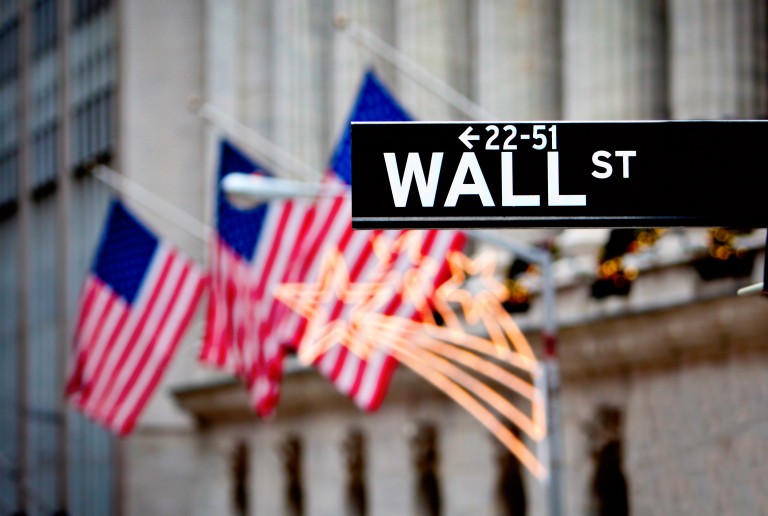July 28, 2025
The U.S. and European Union struck a long-anticipated trade agreement this week, narrowly avoiding a full-scale trade war. Announced following a meeting between President Trump and EU Commission President Ursula von der Leyen, the deal introduces a 15% baseline tariff on most European goods — a far cry from the 30% or higher rates previously threatened. While the agreement still imposes new trade barriers, it brings relief to markets and businesses on both sides of the Atlantic by restoring a degree of stability and predictability to transatlantic trade relations.
Key elements of the deal include exemptions for strategic sectors such as aircraft, certain chemicals, semiconductor equipment, and selected agricultural goods, which will see zero tariffs under a “zero-for-zero” arrangement. In return, the EU committed to purchasing $750 billion worth of U.S. energy products and investing $600 billion in the American economy over the next three years. Steel and aluminium remain subject to 50% tariffs, although a quota system will allow limited quantities to enter at reduced rates — a move that received a mixed response from European metal producers.
The deal was broadly welcomed by European industry leaders, who described it as the “least painful solution” under current circumstances. While the agreement imposes costs, analysts suggest the economic impact will be moderate. Capital Economics estimates that the 15% baseline tariff could lower EU GDP by around 0.5%. Still, some sectors — notably autos, wine, and spirits — remain exposed and are pushing to be included in the list of exempted products. French officials expressed reservations, warning that Europe may be conceding too much without parallel negotiations on services, where the U.S. has a trade surplus.
With the EU deal reached, the Trump administration is now turning its attention to Asia. Trade talks with China resumed in Stockholm, aimed at extending a fragile 90-day tariff truce, while South Korea is racing to secure terms before an August 1 deadline. Trump’s playbook is becoming clearer: offer major partners a trade framework cantered around 15% tariffs, U.S. energy purchases, and domestic investment commitments. Having secured Japan and now the EU, the pressure is on for other U.S. trading partners to follow suit — or risk tougher terms later.
Source: (Yahoo Finance)
Disclaimer:
Analyst Certification -The views expressed in this research report accurately reflect the personal views of Mayberry Investments Limited Research Department about those issuer (s) or securities as at the date of this report. Each research analyst (s) also certify that no part of their compensation was, is, or will be, directly or indirectly, related to the specific recommendation(s) or view (s) expressed by that research analyst in this research report.
Company Disclosure -The information contained herein has been obtained from sources believed to be reliable, however its accuracy and completeness cannot be guaranteed. You are hereby notified that any disclosure, copying, distribution or taking any action in reliance on the contents of this information is strictly prohibited and may be unlawful. Mayberry may effect transactions or have positions in securities mentioned herein. In addition, employees of Mayberry may have positions and effect transactions in the securities mentioned herein.




